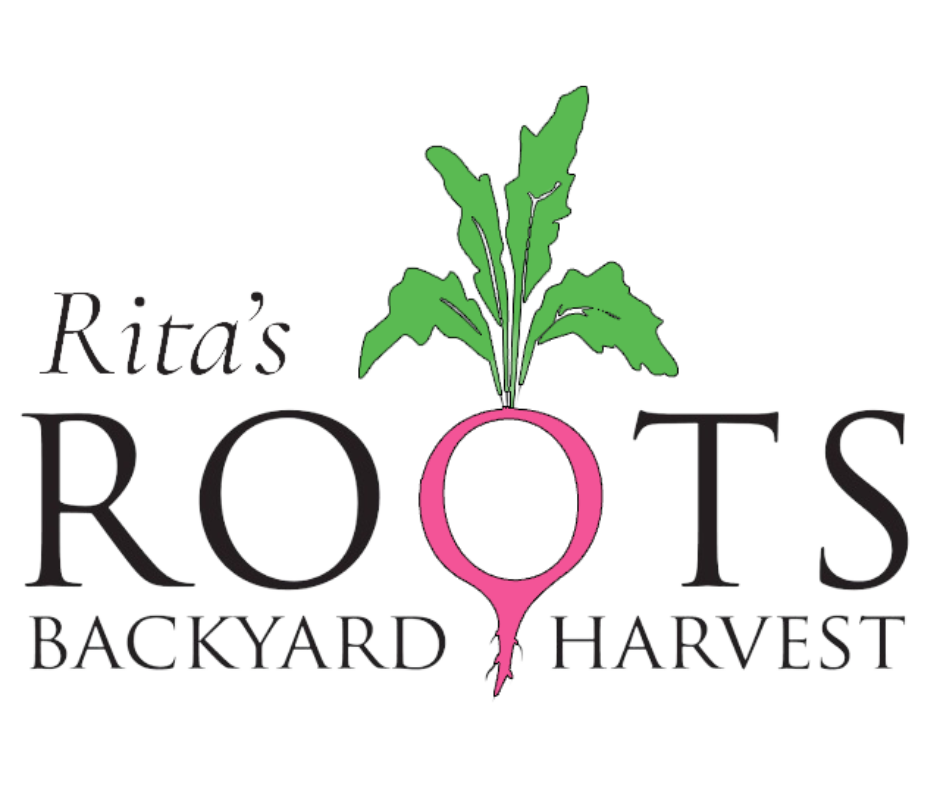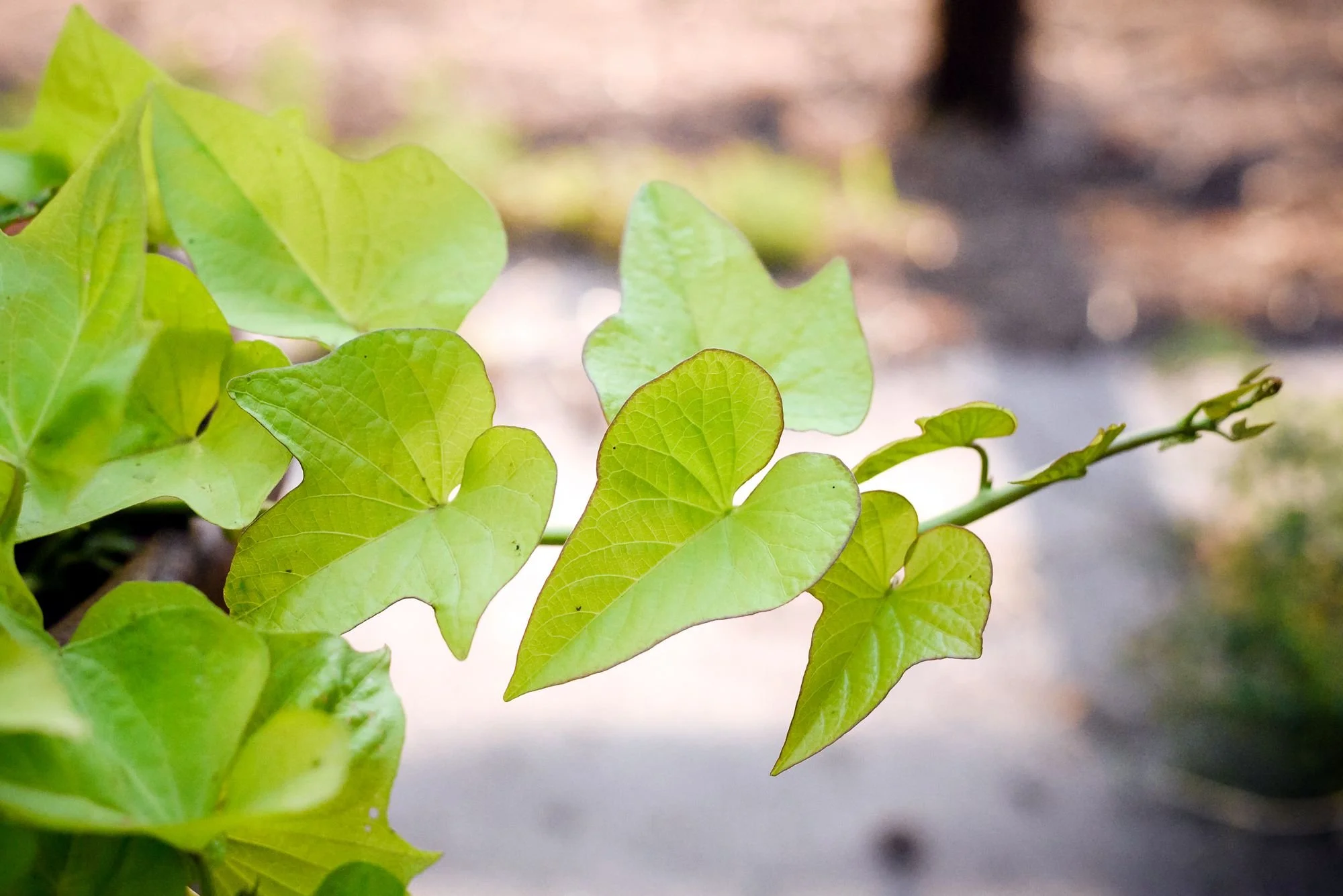Late Summer Harvesting Tips for Lowcountry Gardens
Summer is HOT in the Charleston area and while much productivity in the garden has slowed with the high heat and humidity (with the exception of okra which needs your attention every other day!), there are a handful of plants that will rebound when the temperatures cool to produce until the first freeze.
Peppers and eggplants will continue to grow and produce for many more months, making them a solid bang-for-your-buck food producing plant.
At the same time, you might be feeling overrun by your sweet potatoes and have tomatoes that are just barely hanging on.
Below we’ve got our top tips for late summer gardening in our part of South Carolina including:
What plants to keep + what plants to pull
How to manage unruly sweet potato vines
What to do if your tomatoes are struggling
…plus a couple tasty recipes for to utilize your late summer harvest!
Plants to Keep:
Flowers still in bloom, peppers, eggplant, basil + other herbs, sweet potatoes for fall harvest, okra, tomatillos, roselle, Malabar spinach, beans with new fruit and flowers, any melons with fruit.
Plants to Pull:
Cucumbers, cucamelos, finished beans, ragged tomatoes, any plants that are continuing to brown on the lower leaves (tithonia, anyone?), melon vines that have already produced, any plants that don’t look good any more.
Slowly cleaning up bit by bit in the cooler hours of the morning and evening will make Fall garden preparation that much easier when planting time arrives in September!
Are your sweet potatoes starting to run?
The vines can become quite vigorous this time of year, taking over other parts of the garden or your lawn. Rather than let them take over your yard, you can trim back the rambling vines and eat the greens.
We prefer to sauté the greens in olive oil and add a squeeze of lemon and parmesan cheese. They can be used in any cooked dish as a replacement for spinach (think of sweet potato greens spanakopita or sweet potato greens and ricotta lasagna, yum!!).
If you have an unused tomato trellis laying around, you could also guide the vines up the trellis to add some vertical interest back into the garden too. Be sure to note when you planted your slips, then add 100 days to your planting date and keep an eye out for harvest. Mid to late September is a good time to start checking for tubers.
Tomatoes in distress? Here’s what to do!
Are your tomatoes cracking under the pressure of too much water? Are the skins getting tough from stink bug damage?
Our suggestion for tomato management is to harvest the fruit when thy just start to swell and show color. Amanda McNulty of SCETVs Making It Grow says that the fruit will have the same flavor whether picked when just starting to color on the plant, or when allowed to fully color on the plant.
Here at Rita’s Roots, we try to harvest early to ensure that we get the fruit and the pests do not. We allow the fruit to color entirely in a bowl or plate in the kitchen, but DO NOT refrigerate as this will stop the ripening process.
Two plants that love the heat— basil and eggplant!
These two are late summer super stars in Lowcountry gardens! Check out these new and unique ways to use these prolific garden producers.
PRO TIP: If your peppers and eggplants are getting long and leggy, try out a technique used by farmers to get another flush out of their crops called ratooning. Typically a grower will cut the plants back with a bush hog or ditch mower, but we can use our hand pruners. Simply clip the branches back by 1/3 to 1/2 and make a cut right above where the leaf meets the branch. This will cause the plants to put out side shoots and to become bushier and more productive once again. Give each plant a handful of granular fertilizer within the drip line to feed them through the Fall.
Okay, let’s get down to some cooking!
Theoretically, you could have many of the other ingredients from the garden too - the garlic, scallions, jalapeno, and carrots are all in season, or recently harvested. A meyer lemon could be picked early from the tree and used like a lime. If it were fall, we could have the peanuts too. Our favorite recipes are the ones where we already have all the ingredients on hand :)



